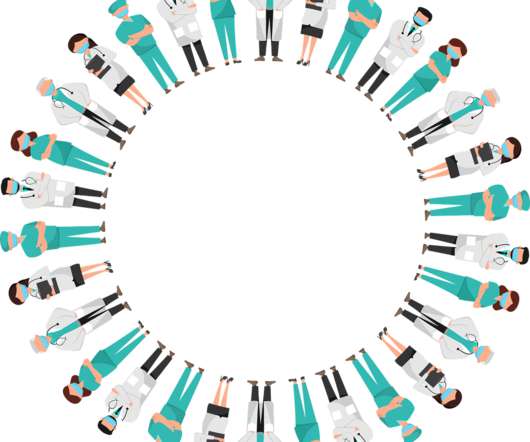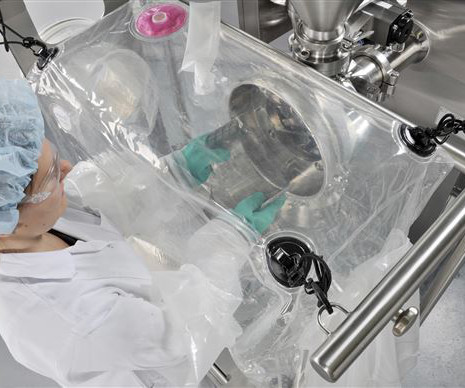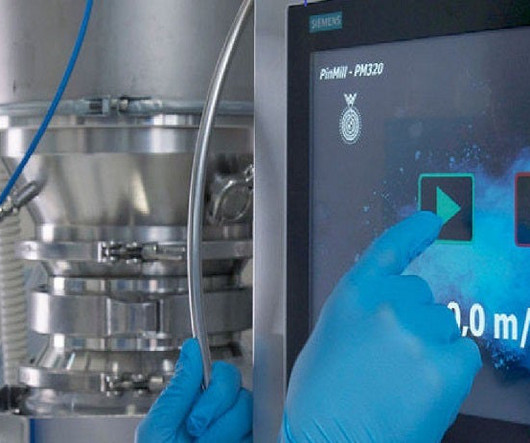Nanoparticles: Emerging Stars for Pharmaceutical Industry
Roots Analysis
FEBRUARY 20, 2022
In fact, it has been observed that around 40% of the pharmaceutical products approved by regulatory organizations exhibit poor bioavailability / solubility. Further, every year, poor bioavailability is one of the prime reasons that leads to failure in obtaining approval authorization.













Let's personalize your content